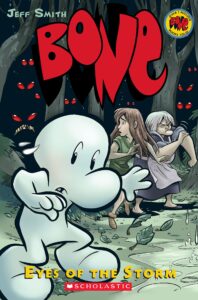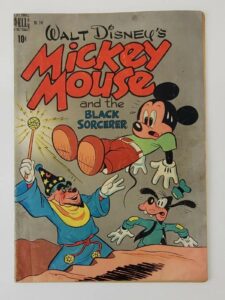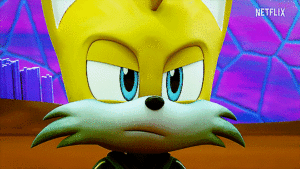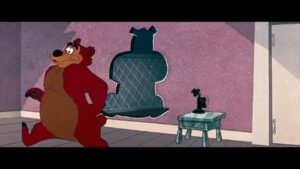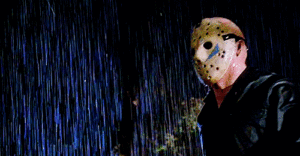Asterix and the Secret Weapon (1991)
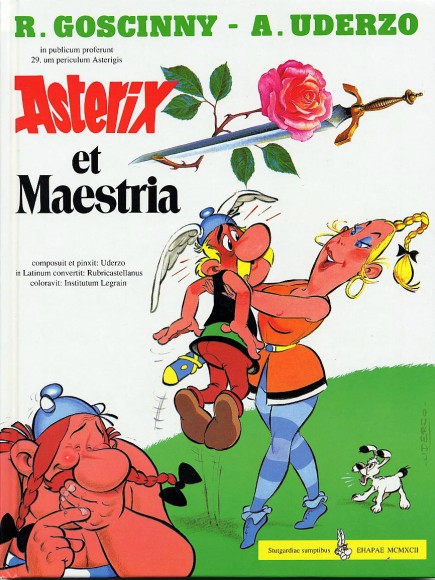
Asterix and the Secret Weapon Review
Asterix and the Secret Weapon is the 29th volume of the Asterix comic strip series that was written and illustrated by Albert Uderzo. It was published in 1991 and it is one of the better, most underrated entries in the series.
A female bard by the name of Bravura comes into the Gaulish village, replacing Cacofonix. Eventually, she inspires the other women to rebel and replace the men in their ranks. The men go into exile to the forest, but Asterix will have to unite with Bravura to repel the Romans, who sent their female soldiers to conquer them. First off, that plan was brilliant as Caesar knows very well that the Gauls would never fight women out of their pride.
That gallantry is so well explored in this story as Asterix has an unfortunate fling with Bravura. She is really into him, even going so far as to kiss him, which results in Asterix punching her in the face and feeling sorry for it. The two eventually fighting together was a wonderful development and this is easily one of the best Asterix arcs of all time. Bravura herself is so memorable and a lot of the humor in the first half is mined from her appalled reactions at the village’s “male chauvinists”.
Obelix got a lesser role here, but Cacofonix was great and Vitalstatistix was hilarious. It was great seeing Impedimenta as the chief for a while and this couple continues to be a joy to follow. As for the overall story, I found it not sexist whatsoever. In this horrible post-humor era of political correctness people just find things to be angry about. In reality, the men are portrayed just as stereotypically as the women, so I have no qualms about any of it.
This is easily one of the funniest Asterix stories as it makes terrific use of its very original, sophisticated premise. That Uderzo did this all by himself is remarkable and this just might be his finest effort made without his partner. I did not find the final third of the story great, however. The fashion show was not a funny idea and the female soldiers were not well utilized at all. The unnecessary dragon moment also came out of nowhere.
The illustrations here are strong, but hardly memorable, though the designs of all the women were quite good. The first half of this volume fired on all cylinders and the dialogue was particularly strong there. There is this one line by Getafix about the impossibility of women to be druids, which really cracked me up.
